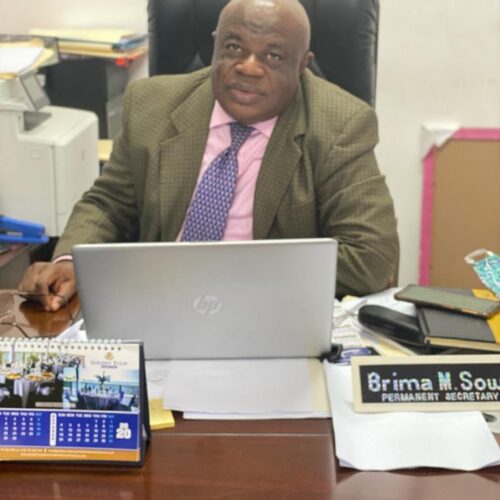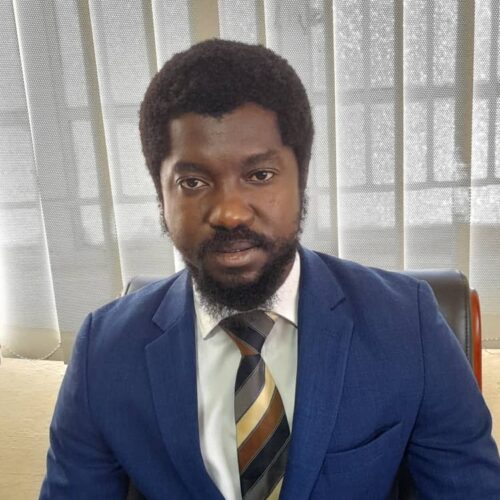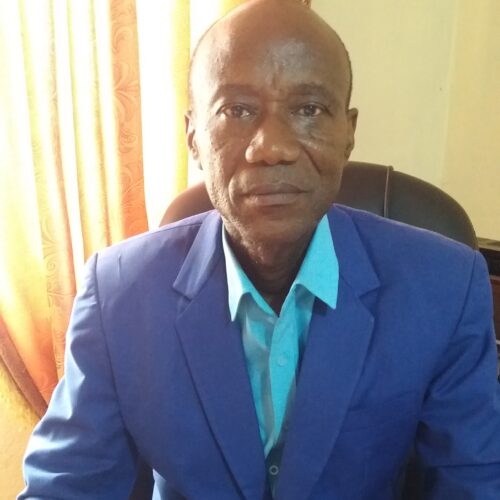In a bid to improve on safe drinking water and Sanitation in the country, the Ministry of Water Resources and...
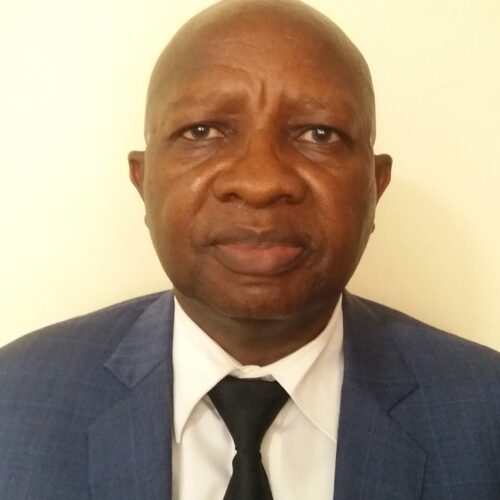
Vision
Universal and easy access to reliable and sustainable potable Water supply and well managed water resources to ensure availability for other uses – irrigation, hydro power, mining, and tourism.
To provide strategic leadership for the sustainable management of water resources to enhance socioeconomic development for the benefit of all Sierra Leonean households, commercial and Industrial entities.
Opening Hours
Monday-Thursday 08.00 – 16.45Friday 08.00 – 15.00Saturday 00.00 – 00.00
I 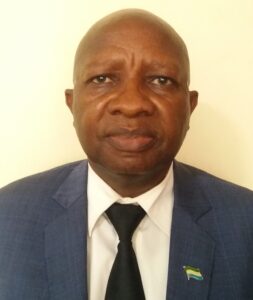 want to first thank H.E. the President, Brig (Rtg) Julius Maada Bio, for the great honour of appointing and entrusting me with the enormous responsibility of managing one of the major natural resource portfolios (Water Resources) of the Republic of Sierra Leone. No doubt, my appointment has come at a time when the adequate and continuous availability of safe water is of such importance for any meaningful and sustainable development of our country. In today’s Sierra Leone, it is perhaps no secret that more than half the population of our beloved country lack access to safe water supply. Against this background, and faced with the serious concern for the availability of safe water for all our people around the country, it is my desire that, as Minister at the helm, I will utilise all my skills and experiences as an infrastructural development expert to address the concerns of our people in this regard. I look forward to an amicable working relationship with all current and future members of staff of, not only the Ministry’s departmental personnel, but also staff of our affiliated utility sectors of SALWACO and the Guma Valley Water Company, as well as all our other development partners in the country.
want to first thank H.E. the President, Brig (Rtg) Julius Maada Bio, for the great honour of appointing and entrusting me with the enormous responsibility of managing one of the major natural resource portfolios (Water Resources) of the Republic of Sierra Leone. No doubt, my appointment has come at a time when the adequate and continuous availability of safe water is of such importance for any meaningful and sustainable development of our country. In today’s Sierra Leone, it is perhaps no secret that more than half the population of our beloved country lack access to safe water supply. Against this background, and faced with the serious concern for the availability of safe water for all our people around the country, it is my desire that, as Minister at the helm, I will utilise all my skills and experiences as an infrastructural development expert to address the concerns of our people in this regard. I look forward to an amicable working relationship with all current and future members of staff of, not only the Ministry’s departmental personnel, but also staff of our affiliated utility sectors of SALWACO and the Guma Valley Water Company, as well as all our other development partners in the country.

